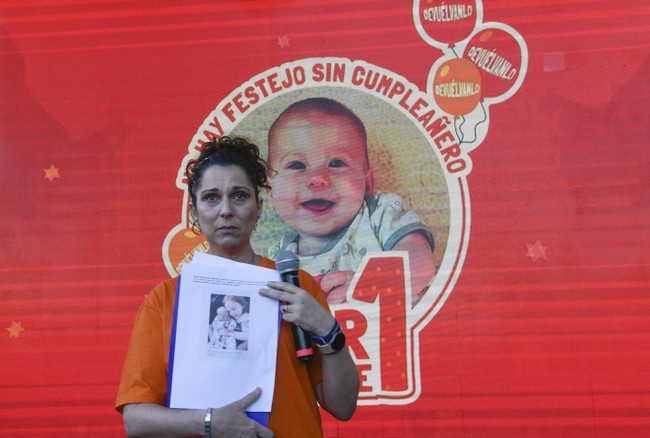Global Controversy: Bannon's Gesture Ignites Debate
Explore the political turmoil triggered by Steve Bannon's alleged Nazi salute, its impact on international relations, and the implications for far-right movements worldwide.
Published February 22, 2025 - 00:02am

Image recovered from arabnews.com
The recent Conservative Political Action Conference (CPAC) in Washington, D.C. has become a lightning rod for controversy following an incident involving Steve Bannon, a former adviser to Donald Trump, who is accused of performing a gesture interpreted by some as a Nazi salute. This occurrence has incited severe backlash and highlighted the ongoing tensions within global far-right movements.
Steve Bannon, amidst delivering a fiery speech, raised his arm in a manner that many perceived as a Nazi salute, an act laden with historical weight and controversy. The fallout was immediate, provoking strong responses from political figures and media around the globe. Jordan Bardella, leader of France's National Rally (RN), swiftly canceled his scheduled speech at the CPAC, citing the gesture as a provocation alluding to Nazi ideology. Bardella's decision underscores the sensitive nature of symbols associated with extremist views, even when such gestures are subject to interpretation.
This incident is not occurring in isolation. A similar controversy erupted recently involving Elon Musk, who also faced accusations after making a comparable gesture. Musk dismissed these critiques as overreactions, calling for a more refined approach to political discourse. Nonetheless, these developments point to the ongoing struggle both among public figures and within media narratives to navigate the fine line between spirited rhetoric and historical sensitivity.
Bannon himself has vehemently denied the accusations, insisting that his gesture was merely a wave, a familiar gesture he claims to have used in prior conferences, including one conducted by the French National Front, now known as the National Rally, several years ago. Despite these denials, the implications of such gestures continue to resonate, casting a shadow over Bannon's intentions and further fueling global discourse on ideological symbolism.
The ramifications of this incident extend beyond immediate political circles in the United States and France. The CPAC, traditionally a melting pot for conservative and far-right ideology, is now under intense scrutiny as a potential breeding ground for extremist ideologies, sparking broader discussions about the normalization of such behaviors in mainstream politics. Critics argue that this environment may empower individuals and groups with harmful ideologies, potentially destabilizing broader political landscapes.
In Europe, the incident holds particular resonance. The National Rally has struggled to shed its reputation as a party linked to anti-Semitism and far-right extremism, despite efforts by Bardella's predecessor, Marine Le Pen, to present a more polished image. This latest controversy, however, threatens to undo these efforts, reminding observers of the pervasive challenge of radically reimagining political identity within historically extremist parties.
The response from the Jewish community further illustrates the sensitivities involved. The Anti-Defamation League has expressed alarm at the perceived normalization of hateful behaviors, highlighting Bannon's history of stoking divisive and dangerous rhetoric. As this debate unfolds, it serves as a reminder of the vigilance required in political discourse to prevent the resurgence of historically destructive ideologies.
In conclusion, the ongoing discourse surrounding Bannon's CPAC appearance and its implications for global conservative movements continues to ignite passionate debate. It underscores the intricate interplay between political gestures, media narratives, and the historical weight they carry. As global leaders and public figures grapple with these issues, the incident offers a stark reminder of the power symbols hold in shaping ideological landscapes worldwide.






